In today’s fast-paced world, convenience is key when it comes to automotive design. Consumers are increasingly drawn to vehicles that not only offer great performance, safety, and fuel efficiency but also integrate everyday solutions that make life easier.
One of the lesser-discussed, yet highly appreciated features in modern vehicles is the built-in vacuum or debris management system.
Whether you’re a parent with young kids, a dog owner who regularly visits the park, or someone who simply enjoys eating on the go, a vehicle that helps you keep things clean without the hassle of dragging a bulky vacuum from the garage is a game-changer.
The concept of built-in vehicle vacuums first gained mainstream attention in minivans and family-oriented SUVs. These systems are typically tucked away in the rear cargo area and are designed to be compact, yet powerful enough to handle everyday messes like crumbs, dirt, pet hair, and even small spills.
Over time, automakers realized the growing consumer demand for cleaner, more self-contained vehicles and began integrating these cleaning tools into more models, including luxury cars, trucks, and even some electric vehicles.
These built-in systems go beyond just convenience—they also encourage cleanliness and maintenance, which can enhance the resale value of a vehicle and contribute to a more enjoyable driving experience overall.
Some vacuums come with replaceable bags, while others are bagless with filters. Many even come with multiple nozzles and attachments for hard-to-reach places, making them ideal for car owners who want professional-level cleanliness without professional equipment.
In some cases, manufacturers have gone a step further, incorporating features like debris catchers, removable storage bins, and washable mats to provide a comprehensive solution for vehicle hygiene.
This article will explore 10 vehicles, past and present, that feature built-in vacuum or debris management systems. Each section will provide an overview of the vehicle, details about the cleaning feature, and insights into how it benefits drivers in everyday life.
From minivans that have set the standard in family utility to luxury SUVs offering high-end cleanliness perks, these vehicles show how automakers are addressing the messy realities of real-world driving.
Also Read: 10 Cars With Front Seats That Obstruct Side Airbags
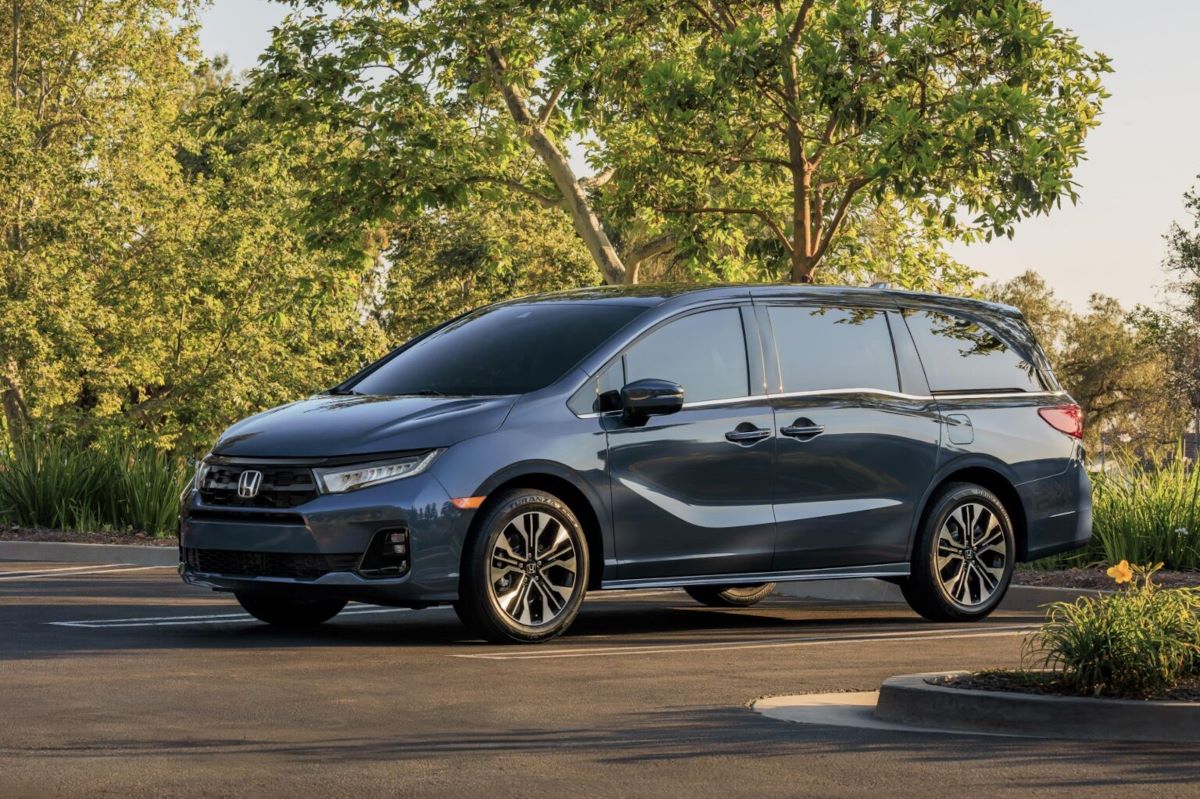
1. Honda Odyssey
The Honda Odyssey has long been a favorite among families for its spacious interior, thoughtful design, and innovative features. But what truly made it stand out in the minivan category was its pioneering built-in vacuum system, the HondaVac.
Introduced in 2014 in partnership with Shop-Vac, this feature was more than just a novelty—it represented a practical solution to a common problem faced by parents and commuters alike: keeping the car clean.
With young children dropping snacks, muddy shoes after soccer practice, or pet hair sticking to the upholstery, a powerful onboard vacuum system eliminated the need to lug around a household vacuum or pay for frequent detailing.
The HondaVac was neatly integrated into the rear cargo area and came with a retractable hose capable of reaching every nook and cranny of the cabin, making cleanup easy and immediate.
In terms of usability, the HondaVac was incredibly user-friendly. It came with a removable waste bin and replaceable filters to ensure hygienic performance.
A range of attachments, including a crevice tool and a brush nozzle, allowed users to clean everything from tight gaps between seats to the flat surface of a floor mat.
The system could be used for up to eight minutes when the engine was off or indefinitely when the vehicle was running. This balance of power and practicality appealed to buyers looking for an all-in-one solution that matched their busy lifestyles.
The Odyssey’s vacuum wasn’t just about cleaning—it was about convenience and empowerment. By giving owners the ability to clean up messes on the spot, Honda added meaningful value to the driving and ownership experience.
The HondaVac also contributed to the Odyssey’s identity as a tech-forward, family-first vehicle. It was especially popular among parents of young children, ride-share drivers, and pet owners who needed to maintain a tidy vehicle without additional hassle.
While newer Odyssey models have phased out the HondaVac in some trims due to cost-cutting and shifting market demands, its impact remains. The feature was widely praised in reviews, garnered industry awards, and influenced competitors to explore similar ideas.
In many ways, the HondaVac showed the industry that utility isn’t just about cargo space and horsepower—it’s about the smart integration of real-life solutions.
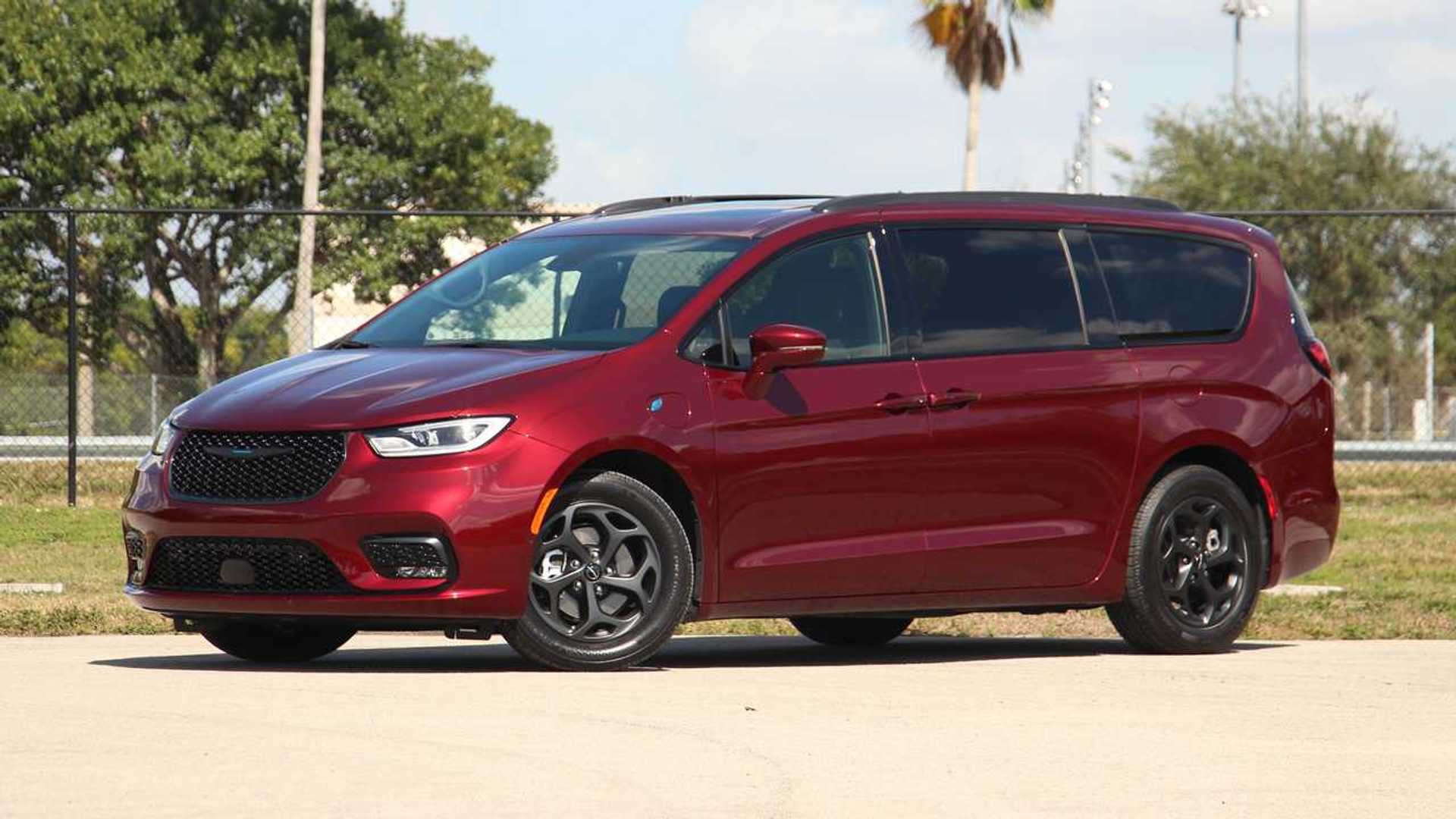
2. Chrysler Pacifica
When Chrysler introduced the Pacifica in 2017, it marked a significant reinvention of the American minivan. Among its many forward-thinking features, the available built-in vacuum system—known as the Stow ‘n Vac—offered a fresh take on interior cleanliness and convenience.
Developed in collaboration with RIDGID, a brand well-known for its rugged shop vacuums, the Stow ‘n Vac system was designed to be powerful yet easy to use.
Positioned near the second-row seats for better accessibility, it featured a long hose, multiple attachments, and a simple collection bin.
The placement allowed users to clean nearly every section of the cabin, from the front seats to the rear cargo area, without needing to plug in or haul around external cleaning gear.
The Stow ‘n Vac was especially useful for families, offering a solution for everything from cereal spills to pet dander and beach sand.
Its utility paired well with the Pacifica’s other standout features, such as the Stow ‘n Go seating, which allowed second- and third-row seats to fold flat into the floor.
Together, these features made the Pacifica a standout in the minivan segment, providing both space and cleanliness. What Chrysler did well was to frame these practical features within a premium experience.
The vacuum was included in higher trims such as the Limited and Pinnacle, often bundled with leather seating, infotainment systems, and other luxury features. This allowed buyers to see the Stow ‘n Vac not just as a functional add-on but as part of a larger family-lifestyle package.
Beyond function, the vacuum system in the Pacifica helped build brand loyalty among families looking for a comprehensive solution to their daily challenges.
Chrysler understood that modern parents juggle school runs, work, sports, and everything in between—and having a car that can stay clean amid the chaos is a powerful selling point.
As minivans continue to evolve with more technology and luxury elements, the Stow ‘n Vac remains a symbol of Chrysler’s commitment to innovation and family-focused utility.

3. Toyota Sienna
The Toyota Sienna has long competed in the minivan segment with a focus on reliability, comfort, and smart utility. In select high-end trims or special editions, Toyota included an integrated vacuum system that aligned well with the needs of families and on-the-go professionals.
Although less heavily marketed than competitors like Honda’s or Chrysler’s solutions, the Sienna’s vacuum was practical and efficient. Positioned in the rear quarter panel or the side of the cargo area, the system came with a retractable hose, one or two nozzle attachments, and a compact debris container.
It was designed to offer quiet operation and seamless integration, allowing owners to quickly clean up messes without needing to unpack or store an external device.
What made Toyota’s inclusion of the vacuum system unique was its alignment with the brand’s subtle design philosophy. Instead of flashy branding or overt advertising, the feature was quietly incorporated into premium trims, often as part of a broader luxury or family convenience package.
This included upgrades such as leather seating, panoramic sunroofs, and high-end entertainment systems. By bundling the vacuum in this way, Toyota was able to maintain its minimalist design language while still offering tangible value to the customer.
The vacuum system didn’t scream for attention—it simply did its job well, quietly contributing to the cleanliness and maintenance of the vehicle.
While not every Sienna model featured the built-in vacuum, those that did provided a strong alternative for buyers considering other minivans.
Toyota’s approach may have been more reserved, but it was no less effective. For customers who prioritize a clean and orderly vehicle—especially those with children, pets, or active hobbies—the Sienna’s vacuum feature added an extra layer of practicality.
As Toyota continues to innovate in the hybrid and family vehicle market, there’s potential for this feature to make a broader return, especially as more drivers recognize the value of onboard cleanliness tools.
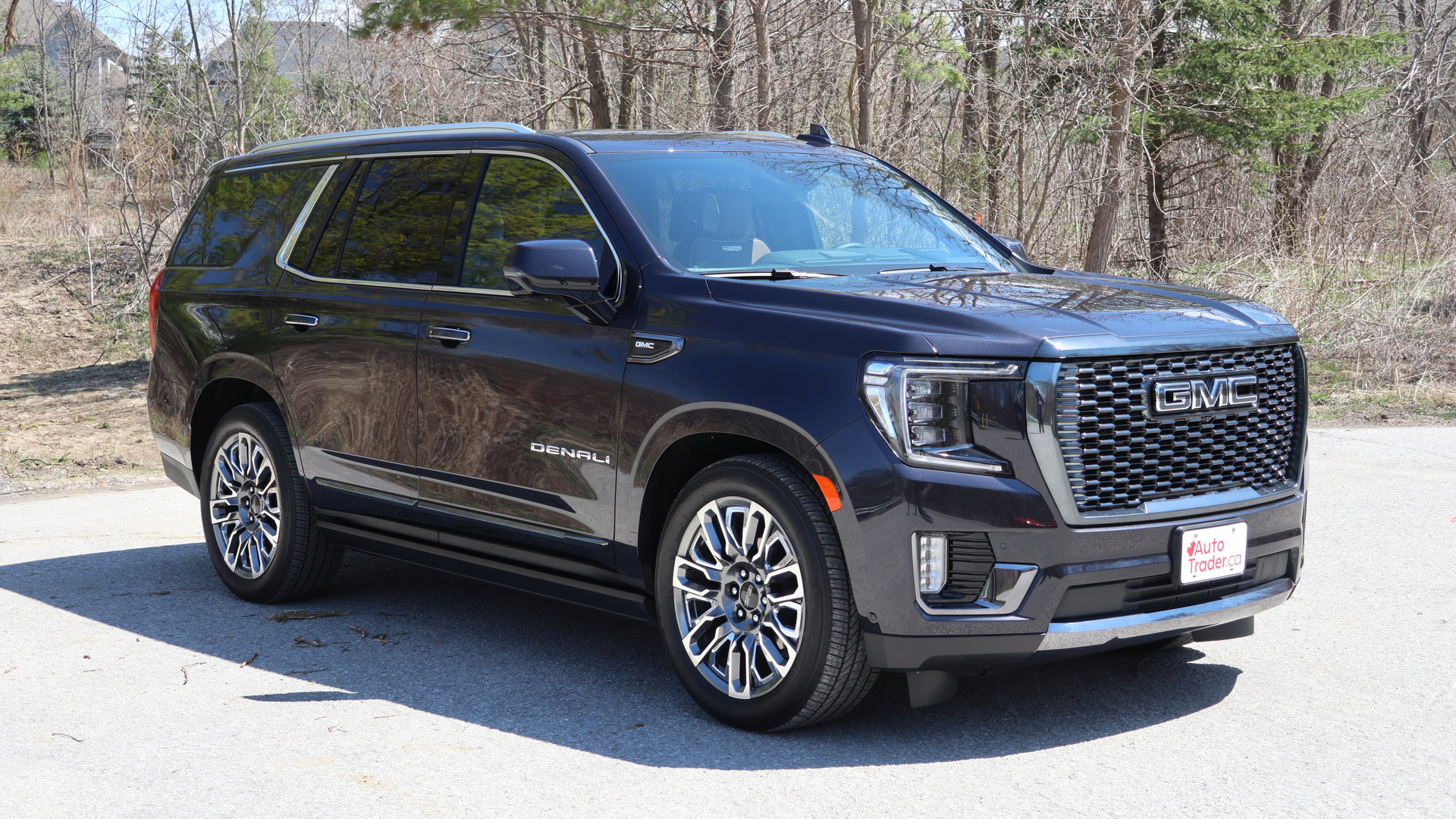
4. GMC Yukon Denali
The GMC Yukon Denali is a full-size luxury SUV designed to combine power, comfort, and premium utility. While GMC has never widely advertised a built-in vacuum system in the Yukon lineup, some limited trims and concept versions have explored this feature, especially in configurations tailored to executive fleets or high-use family transportation.
In these specialized builds, the vacuum systems are usually integrated into the rear cargo area or the lower panels of the cabin, allowing quick access for tidying up debris like sand, crumbs, and pet hair.
Though less common than in minivans, the inclusion of a vacuum system in the Yukon reflects GMC’s recognition that luxury buyers increasingly value practical amenities in addition to aesthetics and technology.
These systems, when present, are generally designed to be discreet yet capable. GMC has focused on making them compact and seamless, blending into the vehicle’s trim without disrupting the Denali’s elegant interior design.
The hose and attachments are typically stored behind removable panels, and the system connects to the vehicle’s onboard power supply, ensuring strong suction performance without reliance on external devices.
The luxury SUV segment, including models like the Yukon Denali, is increasingly targeting affluent families who use their vehicles for everything from school drop-offs to road trips.
For such customers, having a vehicle that can self-maintain its cleanliness—without needing an extra trip to the car wash—adds significant appeal.
More importantly, even when not included as a standard feature, the presence of vacuum systems in Yukon concepts suggests a growing demand among SUV owners for integrated utility features.
These additions are often seen in luxury trims that bundle convenience-focused amenities such as rear-seat entertainment, executive seating packages, and premium sound systems.
GMC’s quiet exploration of built-in vacuum solutions signals an industry-wide shift toward vehicles that don’t just look good but also solve everyday problems in smart, embedded ways. As customer expectations continue to evolve, it wouldn’t be surprising to see future Denali models include such features as standard in their top trims.
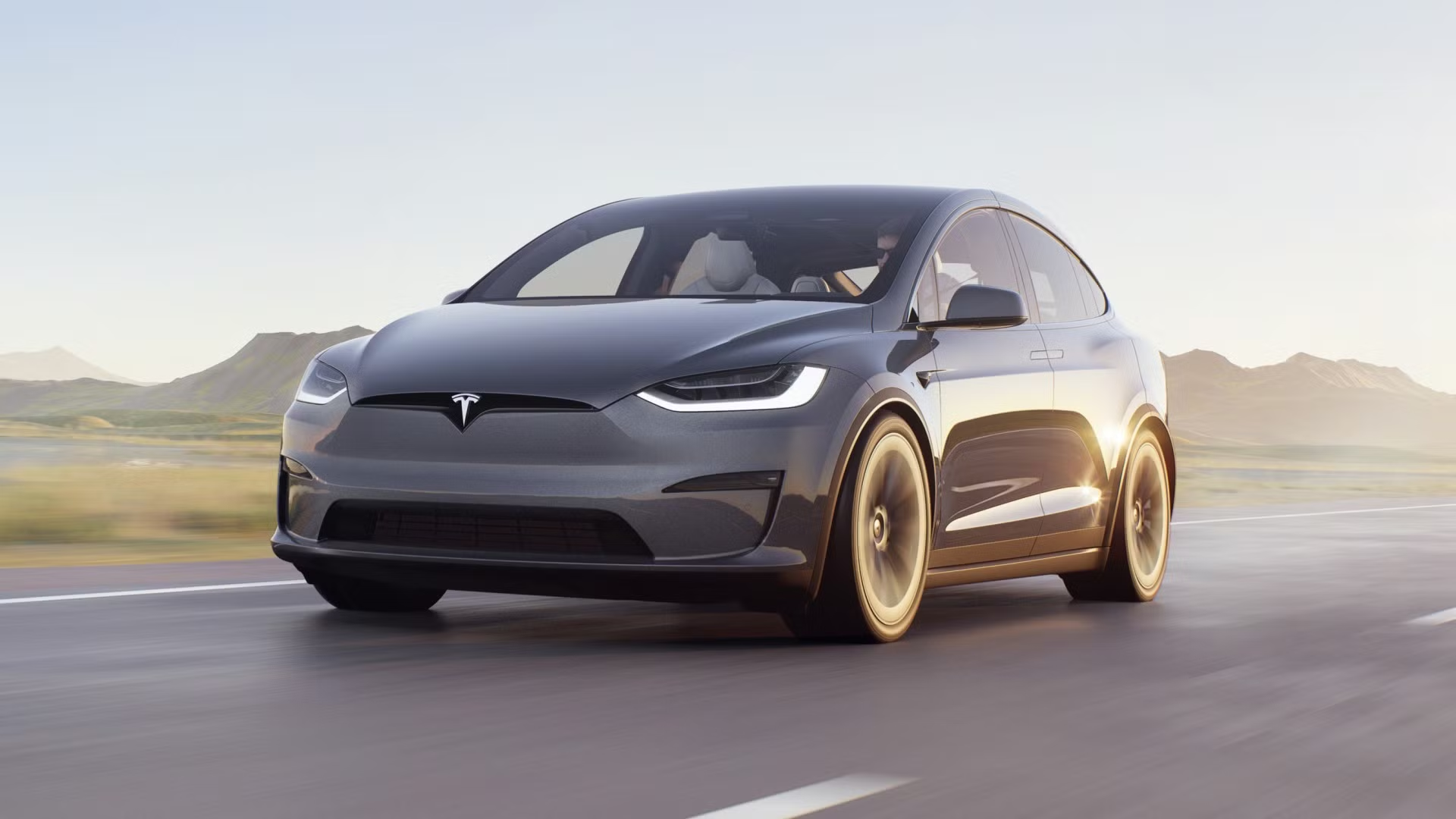
5. Tesla Model X
Tesla has disrupted the auto industry in many ways, from over-the-air software updates to AI-driven driver assistance systems. While Tesla does not officially offer a built-in vacuum system in any of its vehicles as of now, there has been extensive discussion in the Tesla community and among aftermarket developers about adding this functionality, especially for the Model X.
With its expansive cabin, falcon-wing doors, and futuristic appeal, the Model X is a prime candidate for integrated cleanliness features.
Tesla’s design ethos focuses on reducing clutter and enhancing user convenience, which aligns perfectly with the concept of a built-in vacuum system—something that several aftermarket kits have already made possible by tapping into the car’s existing 12V power supply.
Many owners have taken it upon themselves to outfit their Model X with modular vacuum systems that fit neatly into the vehicle’s frunk or under-seat compartments. These vacuums are typically compact, quiet, and efficient—designed for daily cleanups rather than deep detailing.
There’s also speculation, based on Tesla patents and leaked prototypes, that future versions of their vehicles may include self-cleaning features or vacuum-assisted debris systems, potentially integrated with the climate control or interior air filtration systems.
Tesla’s willingness to push boundaries in vehicle design makes such ideas more likely than far-fetched. After all, the company has introduced features such as Bioweapon Defense Mode, which purifies cabin air to medical-grade standards.
For now, while Model X owners must rely on aftermarket accessories, the desire for an official, Tesla-designed vacuum system remains strong among the brand’s loyal following.
Given Tesla’s emphasis on software and user experience, one could envision a vacuum system controlled through the central touchscreen, or even integrated with the mobile app for activation and maintenance alerts.
This futuristic vision fits Tesla’s brand narrative, and while the hardware might not yet be included, the groundwork—and the interest—is clearly there.

6. Ford Expedition
The Ford Expedition is one of the most capable full-size SUVs on the market, blending strength with comfort and utility. Although it doesn’t feature a prominently advertised vacuum system, some luxury trims and fleet-oriented configurations have introduced or supported onboard cleaning features.
These options are often custom-tailored or dealer-installed and may include discreet vacuum units integrated into the cargo area or beneath third-row seats. The idea is to provide families and heavy-use customers—like shuttle operators or outdoor enthusiasts—with a means of keeping their cabin tidy between professional detailing visits.
What makes the Expedition a great candidate for such systems is its cavernous interior and flexible seating arrangements. With space for up to eight passengers and substantial cargo room, it’s a popular choice for families and those with gear-intensive hobbies.
In these cases, interior cleanliness is not just a matter of aesthetics but one of practicality. Beach sand, soccer field turf, trail dust, and snack debris are all common issues that can quickly make a large SUV feel unkempt.
A built-in vacuum system, whether installed from the factory or through aftermarket solutions, provides a quick and efficient way to manage these messes without compromising interior quality.
Ford has shown in recent years that it’s willing to innovate when it comes to user experience, as seen with features like Pro Power Onboard and advanced SYNC infotainment systems.
As the competition in the SUV market grows fiercer, especially with new players entering the electric and hybrid segments, Ford may find that integrating cleaning systems could be a meaningful differentiator.
While not yet a widespread feature, the inclusion of vacuum systems in high-use Expeditions could point toward a future where rugged utility meets luxury-grade interior care.

7. Kia Carnival
The Kia Carnival is redefining what a minivan can be, with its SUV-inspired styling, luxurious features, and a strong focus on family-friendly functionality. As part of this shift, Kia has quietly tested and included integrated vacuum solutions in select trims or through regional dealer packages.
Though not as heavily marketed as systems in the Honda Odyssey or Chrysler Pacifica, these vacuum features have made the Carnival a compelling option for families who prioritize interior cleanliness.
The Carnival’s spacious, flat-floor layout lends itself well to easy vacuum access, and systems installed typically include multiple attachments, strong suction power, and intuitive storage for hoses and tools.
What stands out about the Carnival is its interior design, which emphasizes smart space management and passenger comfort. From pop-up footrests in the second row to a rear entertainment system, Kia has worked to create a truly multipurpose interior space.
Adding a vacuum system to this mix enhances the practicality for parents, rideshare drivers, or even business owners using the Carnival as a transport solution. Spills, dirt, and food crumbs can be dealt with quickly, allowing the plush interiors and soft-touch surfaces to stay presentable longer.
For buyers stepping up to higher trims like the SX Prestige, a built-in vacuum aligns with the premium vibe of the vehicle, offering utility without sacrificing sophistication.
Kia’s progressive strategy with the Carnival positions it as more than just a minivan alternative—it’s a lifestyle solution. As the brand continues to invest in electric models and hybrid variants, one could expect a continued emphasis on self-maintaining features like vacuums, cabin air filters, and even smart cleaning sensors.
While the built-in vacuum isn’t a flagship feature of the Carnival yet, its presence reflects Kia’s understanding of modern family needs.
Cleanliness, convenience, and control are all key factors influencing today’s buyers, and Kia has shown it’s ready to deliver in all those areas—even when it comes to vacuuming the back seat after a weekend road trip.
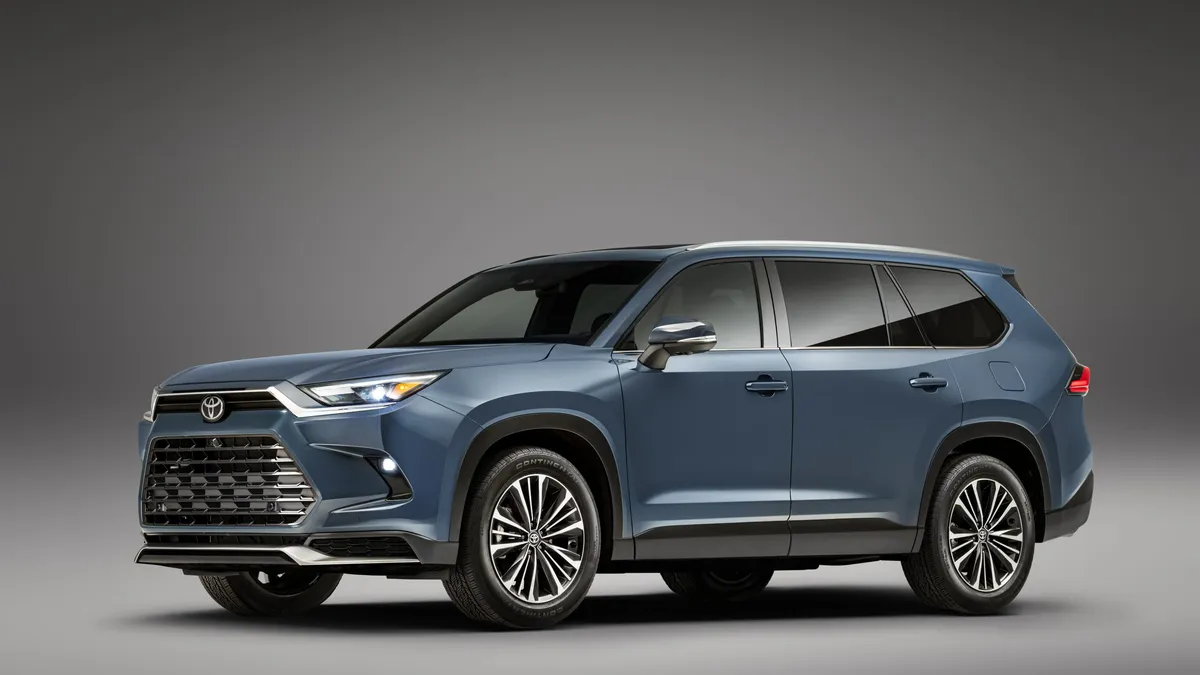
8. Toyota Highlander
The Toyota Highlander is one of the most popular midsize SUVs in North America, praised for its balance of practicality, safety, and long-term reliability. While it doesn’t feature a built-in vacuum in all trims, Toyota has explored the addition of vacuum systems through dealer-installed options and concept configurations.
These vacuums are generally designed for quick cleanups rather than deep cleaning, using compact motors and hoses that tuck into the vehicle’s cargo panels. Though not widely promoted, the availability of these systems—especially in high-end trims like the Platinum—shows that Toyota acknowledges consumer demand for cleanliness tools in family vehicles beyond the minivan segment.
With the Highlander being used by a broad range of customers—from growing families to adventurous couples—it makes sense that Toyota would explore onboard cleaning solutions. The vehicle’s third-row seats, expansive cargo space, and hybrid options make it ideal for road trips and weekend outings.
But these same features can lead to interior messes: trail debris, food crumbs, pet hair, and kid-related clutter. A built-in vacuum system, whether offered as a factory add-on or dealer-installed accessory, gives Highlander owners a quick way to manage this without needing to use home appliances or visit a car wash.
The systems typically include a modest-sized collection bin and a retractable hose, with attachments for floor mats, seat crevices, and tighter storage spaces.
Toyota’s approach to integrated vacuums in the Highlander speaks to a broader philosophy of providing real-world utility without overcomplicating the vehicle’s design.
Instead of turning it into a headline feature, Toyota opts to make it available where it makes the most sense—within packages aimed at buyers who are already looking for comprehensive comfort and convenience.
As Toyota continues to evolve the Highlander and possibly expand its off-road capabilities (as seen in the Grand Highlander), integrated cleanliness solutions will likely become more important. Whether it’s a kid-friendly SUV or a versatile adventure vehicle, keeping it clean easily and efficiently is something every owner can appreciate.

9. Rivian R1T
Rivian’s R1T is an electric pickup truck designed with adventure in mind—and it brings an entirely new take on onboard cleanliness and debris management. While it doesn’t feature a traditional built-in vacuum system, Rivian’s unique modular approach offers owners the ability to manage cleanliness in innovative ways.
The R1T’s signature gear tunnel—a horizontal storage compartment that spans the width of the vehicle between the cabin and the truck bed—is ideal for storing portable vacuums and cleaning gear.
Furthermore, the truck’s built-in 110V outlets allow users to plug in compact vacuums, many of which Rivian plans to offer as accessories within its broader modular tool ecosystem.
This flexibility fits Rivian’s core mission: to equip adventurers with a rugged, electric vehicle that can handle dirt, mud, snow, and everything in between—and then clean up after itself. Owners often use the R1T for camping, biking, and off-road exploration.
With that comes a lot of dust, sand, and debris being tracked into the interior. Rather than building a fixed vacuum system, Rivian chose a more versatile strategy that empowers users to customize their setup.
For instance, a vacuum module could be stored in the gear tunnel, powered via the bed-mounted outlet, and used to clean boots, pets, and the cab itself before heading home.
The appeal of Rivian’s approach lies in the freedom it offers. Instead of a single, hardwired vacuum, users can choose tools that fit their needs—and Rivian’s accessory system is designed to support this modular thinking.
Whether it’s a detachable hand vac, an external suction system, or even a portable air blower for cleaning tough corners, the R1T lets drivers choose how to maintain cleanliness in the wild.
This represents the next generation of automotive design—one that favors adaptability over permanence, and invites owners to actively participate in how their vehicle supports their lifestyle.

10. Mercedes-Benz V-Class
The Mercedes-Benz V-Class may not be available in all global markets, but where it is offered—primarily in Europe, Asia, and select luxury fleets—it serves as a high-end people mover with exceptional amenities.
Often used for private transport, hotel shuttles, or even family mobility, the V-Class has seen custom and limited-edition configurations that include integrated vacuum systems.
These systems are typically added by third-party upfitters who specialize in luxury enhancements, and they reflect Mercedes-Benz’s understanding of cleanliness as a luxury in itself. Quiet operation, discreet design, and high-suction performance are key attributes of these vacuums, which are often hidden in floor compartments or rear panels.
What makes the V-Class vacuum systems stand out is their refinement. Unlike more rugged or family-focused vacuums in other vehicles, these are engineered for elegance. You might find touch-activated compartments, whisper-quiet motors, and high-efficiency filters designed to protect the air quality of the cabin.
In chauffeur-driven or executive-use V-Class models, maintaining a pristine interior is non-negotiable, especially when transporting high-value clients or VIPs. A built-in vacuum helps ensure that every trip starts with a clean slate, regardless of how many passengers have cycled through during the day.
Mercedes-Benz understands that true luxury is about more than leather seats or surround-sound audio—it’s about creating an environment where every detail, including cleanliness, is taken care of.
While not part of the factory standard package, the presence of vacuum systems in high-end V-Class configurations shows that the brand is attuned to what discerning clients expect.
As demand grows for luxury vans with customizable, hotel-like amenities, features like onboard vacuums will likely become more common, especially in markets where the V-Class competes directly with private jets and limousines for passenger experience.
Also Read: 10 Cars With Adjustable Headrests That Don’t Rattle
As vehicles continue to evolve to meet the needs of modern drivers, integrated solutions like built-in vacuum systems are no longer just nice-to-have—they’re becoming expected features in premium and family-oriented models.
What started as a novelty in minivans has spread across the automotive spectrum, appearing in SUVs, luxury vans, concept EVs, and even high-end trucks. Whether it’s Honda’s pioneering HondaVac or Rivian’s utility-based modular setup, each approach offers unique benefits tailored to its audience.
These onboard cleaning systems offer tangible, everyday benefits. They help drivers maintain the cleanliness and hygiene of their vehicles, especially important for families, pet owners, commuters, and anyone spending significant time on the road.
They also contribute to better long-term maintenance and resale value, encouraging regular upkeep without the need for external tools or services. And as vehicle interiors become more luxurious—with leather, suede, wood, and delicate tech systems—being able to manage debris efficiently is more crucial than ever.
Looking ahead, we can expect more innovation in this space. Vacuum systems may become smarter, integrating sensors or voice control, or perhaps even pairing with apps for maintenance alerts.
As electric vehicles and luxury rides lead the charge in adding comfort-first features, built-in cleanliness tools will likely follow suit. In short, the car of the future isn’t just about getting from point A to point B—it’s about doing it cleanly, comfortably, and cleverly.

